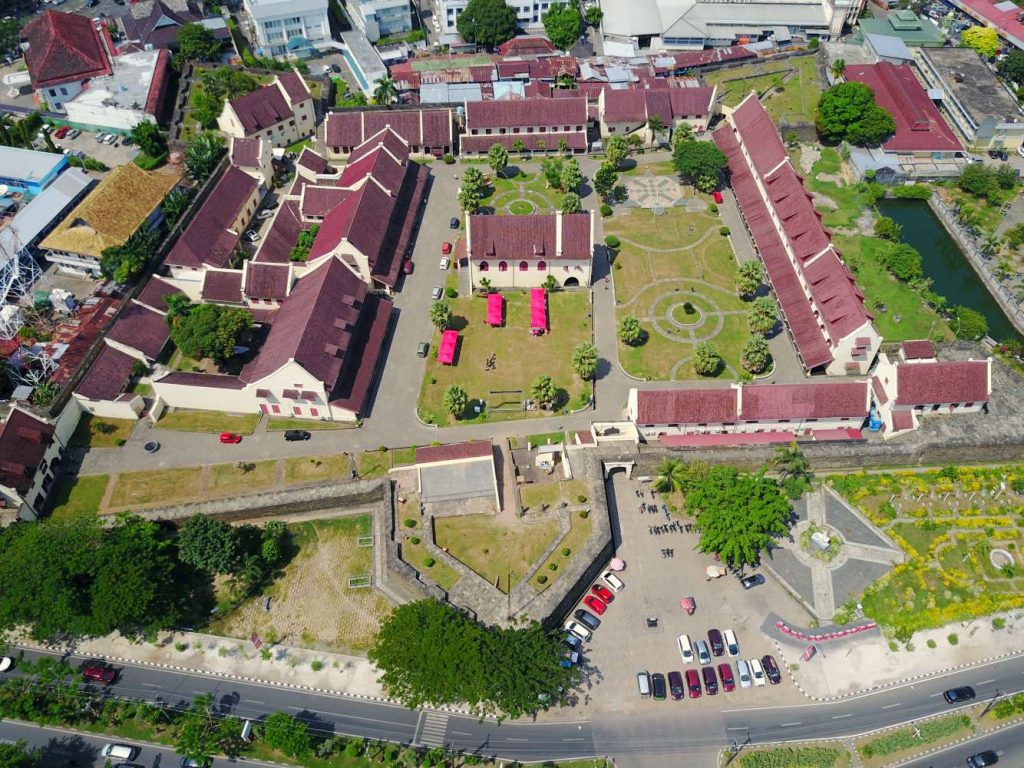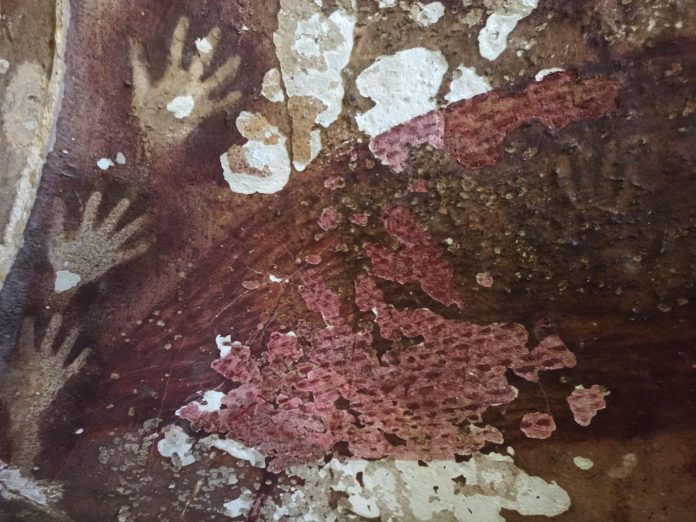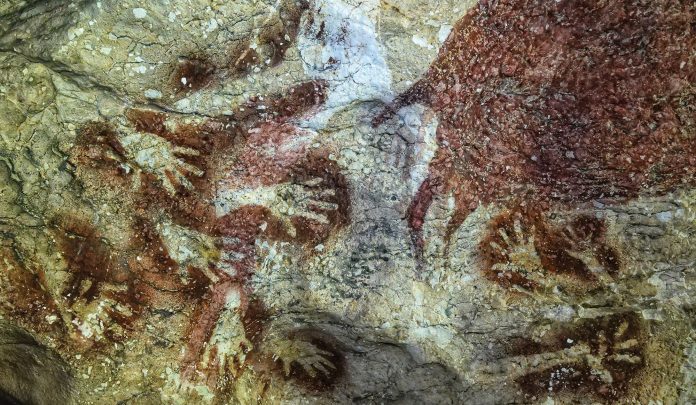Let me tell you about the charm of colonial archaeological remains in Fort Rotterdam, Makassar. Fort Rotterdam, also known as Ujung Pandang Fort, is a fort that is a relic of the Gowa-Tallo Kingdom. It’s located on the west coast of Makassar City, South Sulawesi. The fort was originally built in 1545 by the 9th King of Gowa, Daeng Matanre Karaeng Tumapa’risi’ Kallonna.
Have you ever seen a turtle? Well, this fort looks like one! It’s a symbol of the victorious kingdom of Gowa, both on land and at sea.
But, sadly, this fort was handed over to the Dutch because Sultan Hasanuddin lost the Gowa war. He had to sign the Bongaya agreement on November 18, 1667.

Fort Ujung Pandang was renamed Fort Rotterdam after the birthplace of Cornelis J Speelman and was rebuilt by the VOC in the Dutch architectural style. At that time, the fort was used as a defense command headquarters, trade headquarters, residence of high officials, and government center. It was also a prisoner of Prince Diponegoro from 1833 to 1855 and became a prisoner of war camp for the Japanese army during World War II.
Then, in 1945-1949, during the Dutch military aggression, the fort was once again controlled by the Dutch. But don’t worry, it was restored by the government and made a tourist destination in the 1970s.
The charm of colonial-era architecture
One of the best things about this place is the historical buildings that you can still see inside the fort. These include the fort’s buildings, dungeons, and weapons storage rooms. Every architectural detail reflects the Dutch colonial era, from the distinctive red bricks to the classic door and window designs.
Another great thing about this place is the atmosphere and aura that you can feel around the fort. As you explore the hallways, you’ll feel the presence of living history, imagining what life was like in the fort in the past. From the height of the fort, you can also enjoy a beautiful view of the sea, adding to the magical impression of this colonial archaeological charm.
The Fort Rotterdam building complex
The lovely Fort Rotterdam originally had six bastions surrounded by a seven-meter high rampart and a two-meter deep moat. However, today only five bastions are visible and still contain cannons, among others.
- Bone Bastion , located to the west
- Bacan Bastion, located in the southwest corner
- Buton Bastion, located in the northwest corner
- Mandarsyah Bastion, located in the northeast corner
- Amboina Bastion, located in the southeast corner
Bastion Ravelin is the name of the no longer visible bastion. The Rotterdam Fort Complex has colonial-style buildings, ancient wells, moats, and walls. Inside the fort, there are 13 buildings, 11 of which are original 17th-century buildings, while the other two were built during the Japanese occupation.
The oldest buildings in the north side complex are from 1686. They include the governor’s residence, residences for senior merchants, captains, and secretaries, and several weapons storage buildings. The governor’s residence is now part of the La Galigo Museum. The south side building was originally used as a storage area and is now a museum. The east wing barracks is now a small library with old Dutch books, VOC captain ship logs, and ancient lontar manuscripts. The southeast corner of the fort was once a prison. Prince Diponegoro’s prison is at Bacan Bastion.



